

Panasonic Lumix G9 (REVIEW)

As I wrote earlier in my preview article, Panasonic’s new Lumix G9 mirrorless camera is one of the best cameras that Panasonic has to offer. This also goes for its mechanical processing and the overall design. Although it is a true mirrorless camera, you would be forgiven if you mistook the G9 for a conventional digital SLR. At first glance, its shape, weight, and size all suggest it’s a DSLR, although if you look closer, it becomes clear it’s actually a bit smaller and lighter than DSLRs in the same category. Now let’s get on with our review and see what the G9 really offers.
Panasonic Lumix G9 - Excellent Ergonomics and Practical Features
The first impression when you take it into your hands is that its ergonomics are pretty much perfect—the camera is very comfortable to hold even if you have large hands, and everything is exactly where you would expect it. The power switch is located on the shutter release, which probably won’t win any awards for originality, but it’s still the best control layout you can get. The body as a whole feels really robust and durable, which is also reflected in its specifications, as the manufacturer guarantees not only humidity and dust resistance, but also resistance to freezing temperatures up to -10°C.
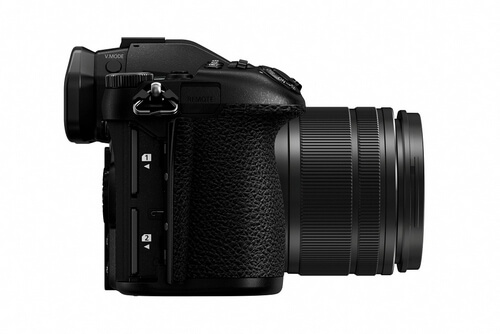
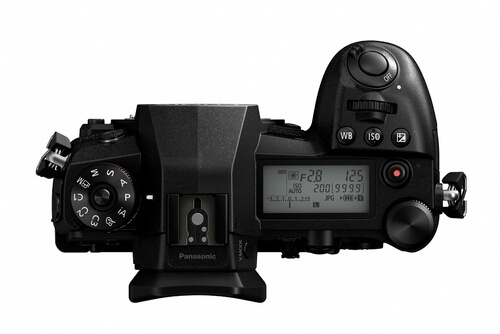
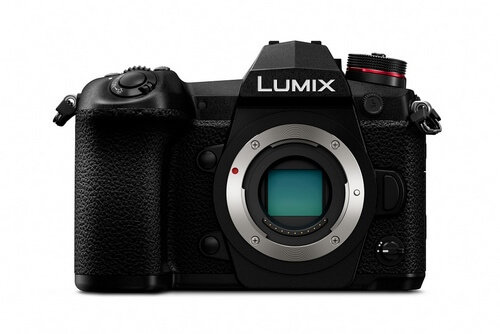
The manufacturer remains tight-lipped about the materials the body of the camera is made of, but my personal guess is that it’s a combination of various materials, such as composite and magnesium alloys. To be honest, however, I think the exact material composition is not particularly relevant anymore, as the quality of the individual materials has become quite high across the board. What really matters are the overall specifications and the impression the camera gives you, possibly in combination with its stated resistance and durability.
Another thing you will probably notice in your first swift inspection is that unlike ordinary and SLR cameras, which usually have one or two dials, the Panasonic Lumix G9 has three, which can be a great advantage for the more demanding users. Conversely, if you are not one of those, you may be disappointed to learn that the G9 doesn’t have a built-in flash, which I personally see as the biggest downside of this camera. The issue can be solved by purchasing an external flash system, but this solution is often uncomfortable and more importantly inconvenient. This is especially true today, when built-in flash units are used not only to illuminate the scene but also to serve as wireless remote control for other flash units. On the flipside, the G9 gets extra points for its huge, high-resolution electronic viewfinder. It may look a bit funny due to its enormous size, but rest assured that it performs excellently.
The G9’s other neat features include three function levers marked Fn.1 to Fn.3, which can be assigned almost any function—perfect for photographers who like their cameras customisable and capable of satisfying their specific requirements. The camera’s tilting LCD screen (touch-sensitive, naturally) located on a flexible joint is also delightful, as are various fine details such as the main rotary selector lock for exposure modes or the two practical memory card slots. Using the camera is very comfortable and intuitive due to its excellent control layout.


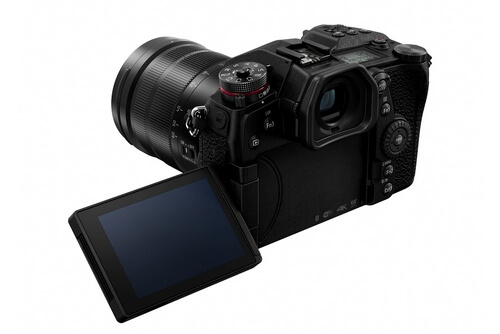
On the other hand, I personally found the camera menu less than stellar. I understand that the manufacturers are trying to ensure their products don’t look like clones, but one can’t help but wonder if this effort isn’t to the detriment of user comfort sometimes. If you are switching to Panasonic from another brand, it will probably take you a long time to get used to all the differences, especially considering that some details are described using completely different terms. Though to be fair, if you don’t have any entrenched habits from your previous cameras, you probably won’t care. This is a fairly subjective issue, as the force of habit is very different for every person.
Except for the Sensitive Shutter Release ...
Once I actually tried it out, the first negative thing I discovered was that both the shutter release and the? viewfinder proximity sensor (a sensor that automatically switches the display between the viewfinder and the LCD monitor when you look into the camera) were way too sensitive. The sensor likes to react to anything that gets remotely close to the eyepiece and instantly switches the main LCD into the viewfinder mode. This is not a big problem, however, and can be easily solved by manual control. The shutter release is a bigger issue because it’s really too sensitive to my taste, and quite often I found myself struggling with exposure even though I only wanted to focus. If you are shooting in winter while wearing gloves—no matter how thin—you have virtually no chance to distinguish the boundary between a light focus press and exposure mode. For me, the overly sensitive shutter release is probably the cameras weakest point in terms of practical use.




On the other hand, the camera has a very nice array of small practical features that I definitely appreciate. You can charge the camera battery directly through a USB cable without having to pull it out, so you can easily hook it up to the nearest power bank, solar power bank, or even your car. I also had the opportunity to test the G9’s touted resistance to freezing temperatures, when I brought it with me on a winter camping trip. The testing conditions were harsh enough—my camera and I spent the night under the open sky, just hanging on a tree branch in the middle of the forest. In the morning, after a freezing and snowy night, I was pleasantly surprised. The camera was just fine and I didn’t even notice any significant drop in battery power, which is otherwise quite typical for other devices exposed to freezing weather conditions. When it comes to frost resistance, the camera passed with flying colours.
The cornerstone of the Panasonic Lumix G9 is its 4/3" Live MOS (CMOS) sensor with a 20Mpx resolution, equipped with integrated noise reduction and powerful 5-axis image stabilisation technology with new algorithms (the camera features both chip image stabilisation and lens stabilisation, which can work in sync). Panasonic claims the G9 offers the CIPA-rated level of stabilisation and shake reduction of 6.5-stops, which is beyond excellent. It’s hard to confirm these claims in practice, but after shooting for a few days, I can say that I fully believe them. Shake reduction in the G9 really works extremely well.




One interesting feature of note is the Sensor Shift, which means the camera takes a series of pictures, moving the sensor slightly each time, resulting in one huge photo with a resolution of 40Mpx or even 80Mpx. This is useful when you need really high resolution. However, keep in mind that you need a high-quality lens to get more detail, and this feature can be used exclusively with static scenes and only with a high-quality tripod. If the tripod is not completely still or there is any motion in the scene (even rustling leaves and grass can be enough), this feature won’t work because the system is unable to put together pictures as it should. On the other hand, this feature can be great for architecture photography. For the sake of completeness, I should also mention that the resulting images with 40Mpx or 80Mpx resolution can be saved in both JPG and RAW format. Needless to say, with truly high-resolution images you should expect a significantly larger data volume and some delay while the camera processes the picture before saving the final result on the card—it usually takes about 2 to 3 seconds in total.
Key Specifications of the Panasonic Lumix G9 Camera:
| Parameters | Panasonic Lumix G9 |
|---|---|
| Sensor Chip | 17.3 x 13mm - 4/3" Live MOS (CMOS), 20Mpx |
| Stabilisation | Yes, CIPA rated 6.5 stops + noise reduction |
| Aspect Ratio | 4:3 |
| ISO Sensitivity Range | ISO 100 to ISO 25 600 |
| Image Processor | Venus Engine 10 |
| Auto Focus | 225 points, sensitivity -4 EV |
| Continuous Shooting Performance | 12/20/60fps |
| Exposure Time Range | (1/32000) 1/8000 to 60sec |
| LCD Monitor | 3" (7.5cm), touch-sensitive, 1Mpx |
| Viewfinder | OLED EVF, 3.68Mpx |
| Video | 4K/60fps |
| Wireless Interface | WiFi, Bluetooth |
| Memory Cards | SD / SDHC / SDXC - UHS I + UHS II |
| Battery Life | About 400 photos |
| Dimensions | 137 x 97 x 92mm |
| Weight | 658g (including battery and SD card) |
Advanced Autofocus Technology
The camera’s DFD autofocus system, which uses up to 225 focus points, is as good as advertised and has proven itself to be quite practical. The manufacturer states it can focus in up to 0.04 seconds for both single and continuous focusing, making it the fastest among the currently available cameras. I couldn’t exactly confirm its listed AF speed, but I can say that the Panasonic Lumix G9 really focuses extremely fast and with excellent sharpness, so Panasonic’s claims sound entirely plausible. The G9’s advanced autofocus allows you to capture a sequence of fast-moving events, where you can also use the function for tracking moving objects. You can choose from four different autofocus modes in total to perfectly match the current situation or the needs of any particular user.
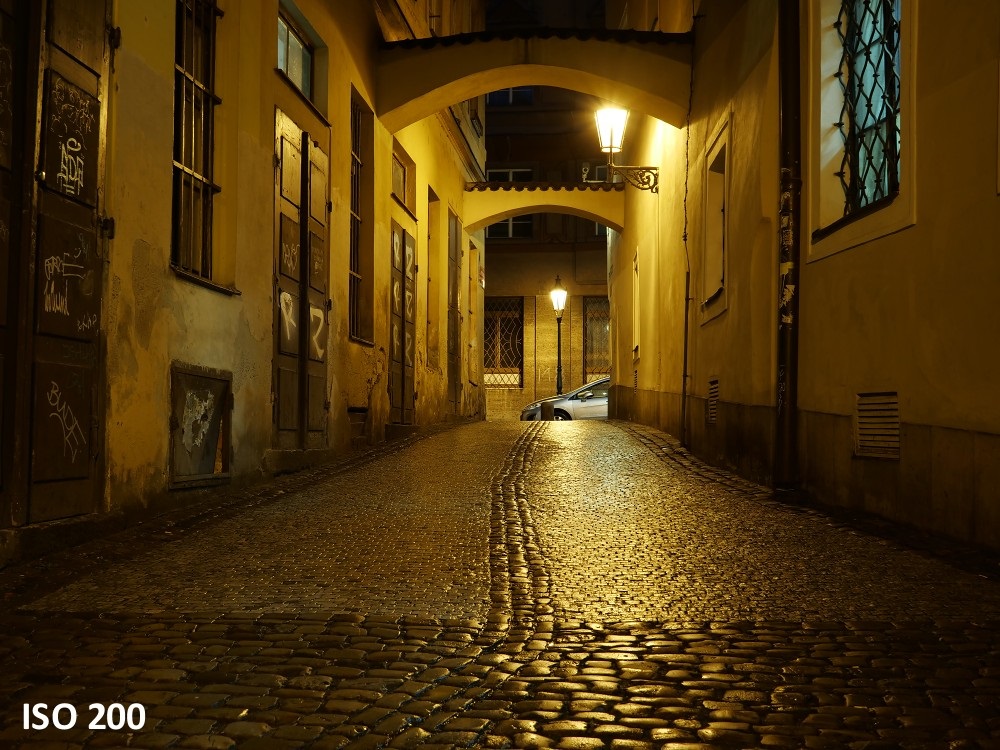
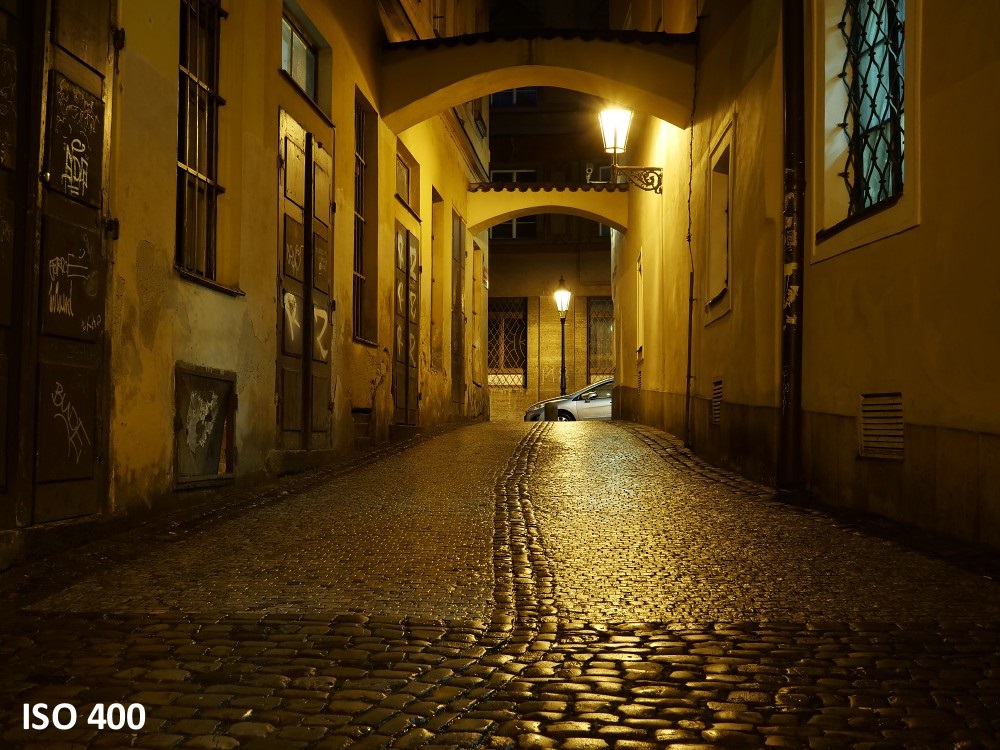
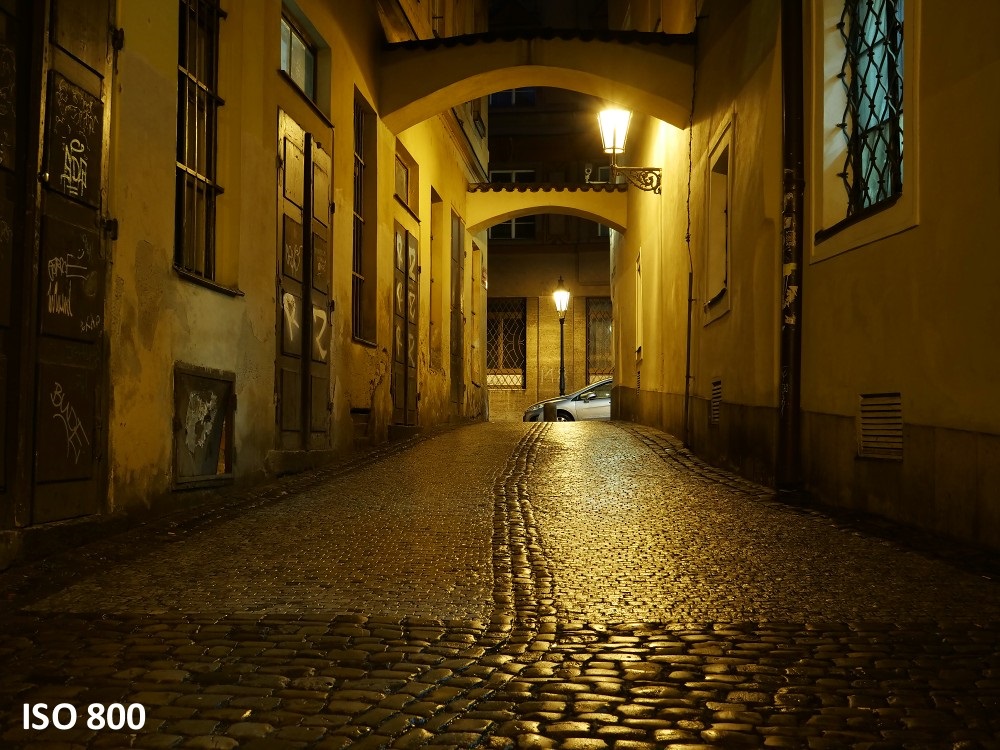


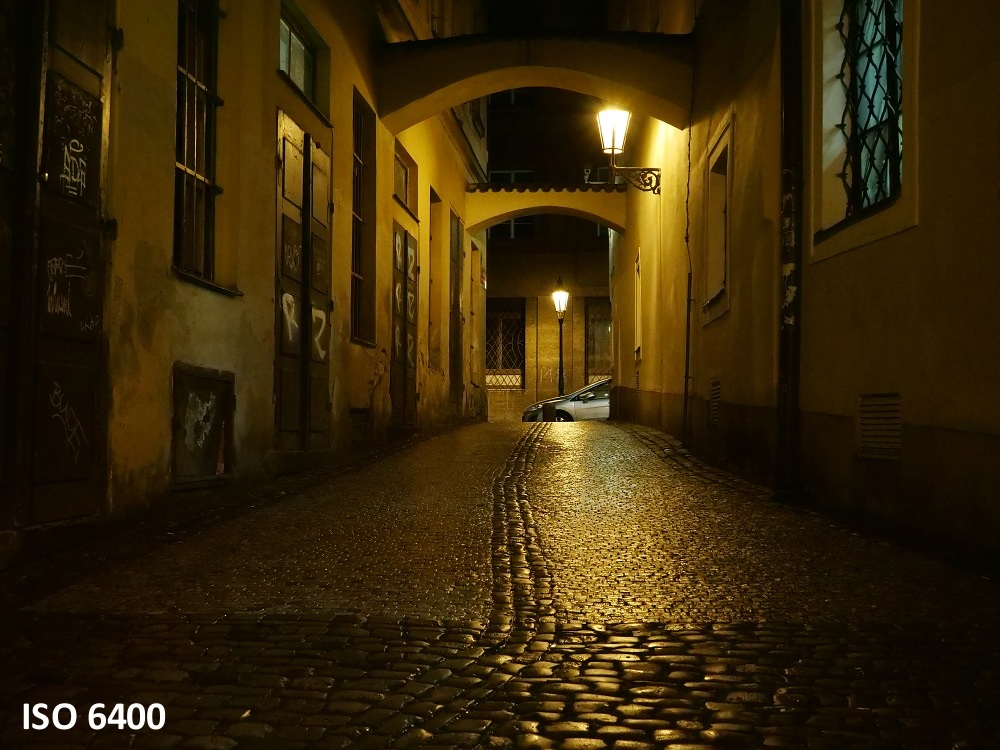
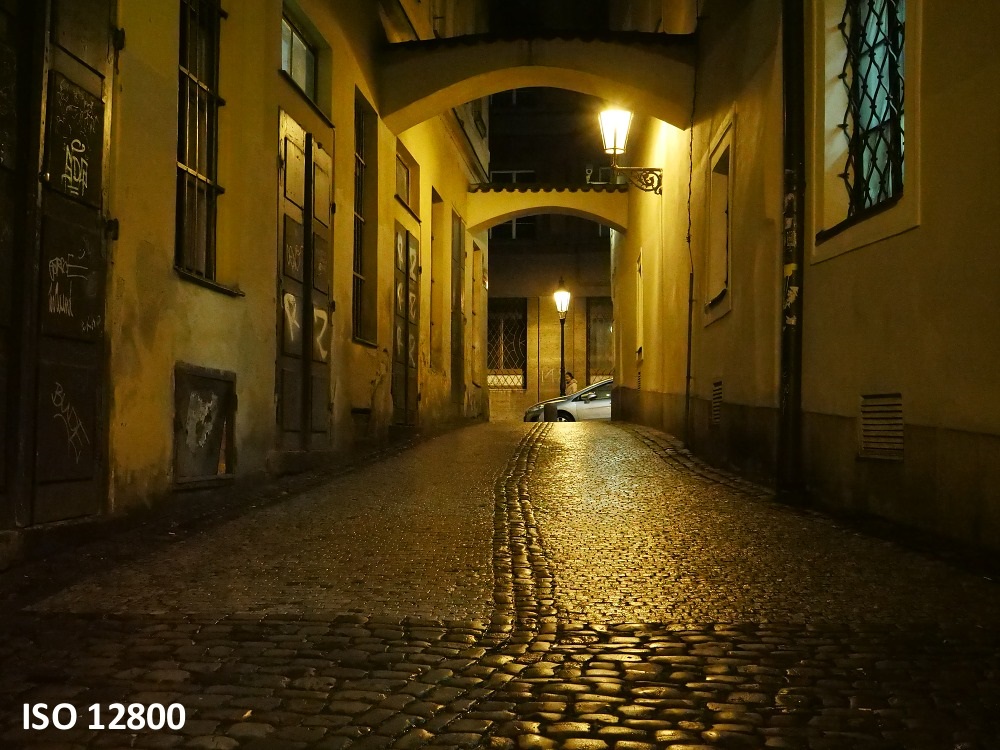
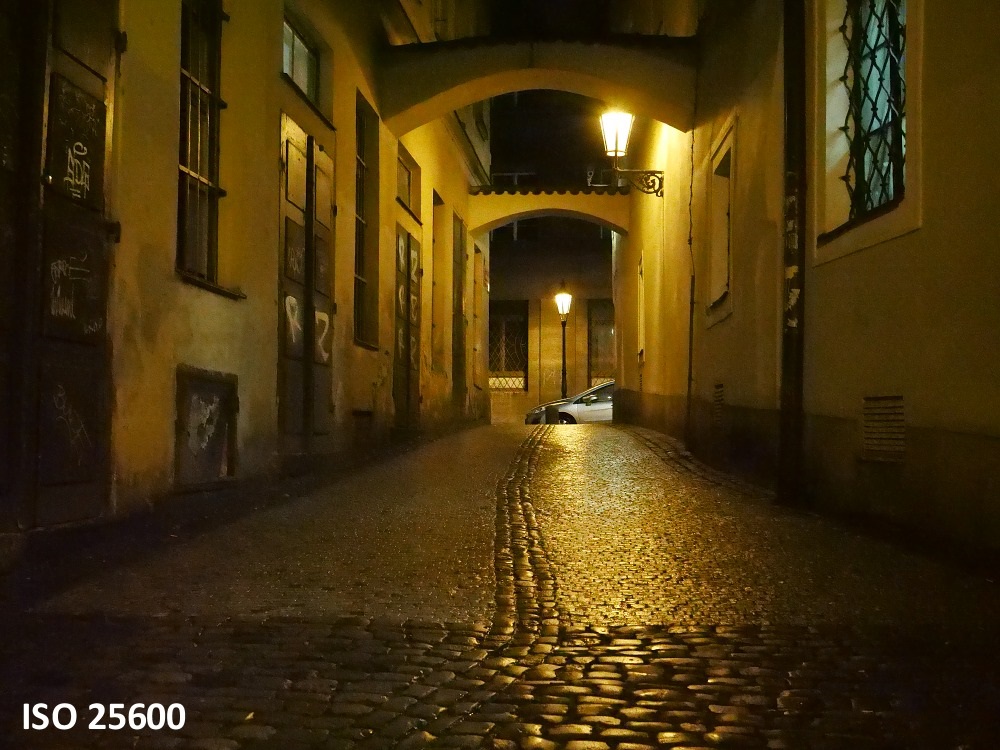
The electronic shutter has a rated life of 200,000 cycles, but it is very quiet, which you will undoubtedly appreciate when photographing wildlife or social events. The Panasonic Lumix G9 delivers great results even at high ISO sensitivity settings. Check out the pictures in their full size at the end of the article and see for yourself. The G9 also has the new High Precision Multi Process NR system for anyone who really wants to use everything a camera can offer.
Excellent Customisation Options
Another important point is the accessories you can use, especially lenses. In this case, you can choose from the entire portfolio of MFT (Micro Four Thirds) system optics. But honestly, a camera of this calibre deserves top-notch Leica lenses or lenses with integrated optical stabilisation, which can work wonders with the chip stabilisation inside the camera’s body—it’s a good idea to combine both stabilisers if you want to achieve the best performance. For this reason, the Panasonic Leica 12-60mm f/2.8-4 ASPH Power OIS (with a recalculated focal length equivalent of 24-120mm) is probably the ideal lens for the G9, to the point I even used it to take sample photos you can see in this article. This lens is also included in the reasonably priced Panasonic Lumix G9 camera/lens set, which lets you save a significant amount of money compared to if you tried to buy the camera and lens separately.
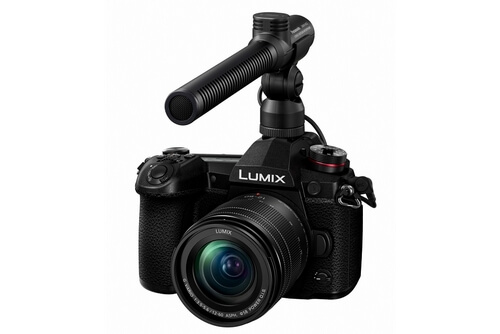

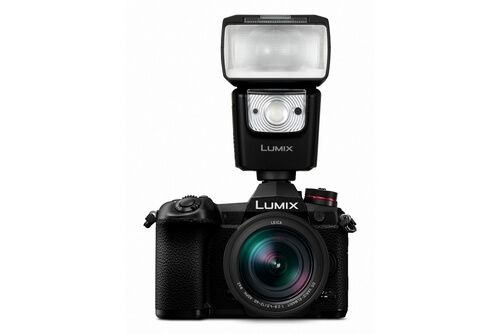
Among other accessories, the manufacturer offers the usual selection of external flash systems ranging from simple to highly sophisticated (Panasonic DMW-FL360, for instance), high-quality LED lights such as Panasonic VW-LED1 for video enthusiasts, and external microphones. For the most demanding photographers there is also the Panasonic BGG9 battery grip. As durable as the camera itself, it significantly extends its battery life and improves the grip for portrait photography.
Furthermore, the camera is compatible with various smart devices that can be connected to it wirelessly via WiFi or Bluetooth, which are now commonplace. Panasonic has improved this feature - the first connection does not take place through the customary and complex pairing process, but simply by scanning a QR code. A small thing, perhaps, but still pretty cool. ??
Closing Thoughts
The Panasonic Lumix G9 is clearly one of the best MFT devices currently available. The body of the camera is tough and durable, has great ergonomics, and personally, I would also add that it’s quite beautiful to look at. The system itself is snappy, fast, easy to operate, and literally packed with features. Video shooting and its overall quality is also top-notch. The photos you take with this camera look amazing, especially considering the small size of the sensor chip.
When it comes to negatives, I was unhappy with the overly sensitive shutter release that can make snapping photos a real struggle sometimes, forcing me to delete failed pictures over and over again. On the other hand, responsivity is very much a matter of preference, and people with nimble fingers may very well love it. The absence of a built-in flash, however, is a bigger problem. While it can be argued that external flash systems are just better, I dare say most of us don’t usually carry an external flash with us, and even if we do, pulling it out of the bag for any trivial lighting tweak is simply inconvenient.
Lumix G9 Images in Full Resolution
- Panasonic Lumix G9 + Leica 12-60mm f/2.8-4 ASPH Power OIS: f/5.6 aperture, ISO 1600, time 1/160sec.
- Panasonic Lumix G9 + Leica 12-60mm f/2.8-4 ASPH Power OIS: f/5.6 aperture, ISO 3200, time 1/15sec.
- Panasonic Lumix G9 + Leica 12-60mm f/2.8-4 ASPH Power OIS: f/8 aperture, ISO 200, time 1/100sec.
- Panasonic Lumix G9 + Leica 12-60mm f/2.8-4 ASPH Power OIS: f/3,1 aperture, ISO 3200, time 1/200sec.
- Panasonic Lumix G9 + Leica 12-60mm f/2.8-4 ASPH Power OIS: f/5.6 aperture, ISO 400, time 1/60sec.
- Panasonic Lumix G9 + Leica 12-60mm f/2.8-4 ASPH Power OIS: f/8 aperture, ISO 250, time 1/80sec.
- Panasonic Lumix G9 + Leica 12-60mm f/2.8-4 ASPH Power OIS: f/3.2 aperture, ISO 3200, time 1/30sec.
- Panasonic Lumix G9 + Leica 12-60mm f/2.8-4 ASPH Power OIS: f/5.6 aperture, ISO 800, time 1/40sec.
- Panasonic Lumix G9 + Leica 12-60mm f/2.8-4 ASPH Power OIS: f/4 aperture, ISO 200, time 1sec.
- Panasonic Lumix G9 + Leica 12-60mm f/2.8-4 ASPH Power OIS: f/4 aperture, ISO 400, time 1/2sec.
- Panasonic Lumix G9 + Leica 12-60mm f/2.8-4 ASPH Power OIS: f/4 aperture, ISO 800, time 1/4sec.
- Panasonic Lumix G9 + Leica 12-60mm f/2.8-4 ASPH Power OIS: f/4 aperture, ISO 1600, 1/8sec.
- Panasonic Lumix G9 + Leica 12-60mm f/2.8-4 ASPH Power OIS: f/4 aperture, ISO 3200, time 1/15sec.
- Panasonic Lumix G9 + Leica 12-60mm f/2.8-4 ASPH Power OIS: f/4 aperture, ISO 6400, time 1/30sec.
- Panasonic Lumix G9 + Leica 12-60mm f/2.8-4 ASPH Power OIS: f/4 aperture, ISO 12800, time 1/60sec.
- Panasonic Lumix G9 + Leica 12-60mm f/2.8-4 ASPH Power OIS: f/4 aperture, ISO 25600, time 1/125sec.
Main Pros and Cons of the Panasonic Lumix G9

Pros
- Image output quality
- Ergonomic and durable design
- Many features
- Fast AF
- Powerful stabilisation
- Great video quality
- Reasonable price
Cons
- Does not have built-in flash
- Arguably overly sensitive shutter release
Panasonic Lumix G9 (PREVIEW)
For quite some time now, it has been speculated that Panasonic is preparing something really interesting. These rumours were finally confirmed today, as the manufacturer formally unveiled the Panasonic Lumix G9. Judging from the specifications listed in the press release, it’s clear that photography enthusiasts have plenty to look forward to. The new G9 is packed with the best tech Panasonic has to offer, even surpassing the current flagship model Panasonic Lumix GH5 in many ways. Some features and parameters seem extremely enticing and it’s already obvious that this model is pushing the imaginary peak of camera technology just a bit higher. Panasonic has also demonstrated its commitment with the second reveal of today, showcasing the new Leica DG Elmarit 200mm f/2.8 Power OIS telephoto lens, which we can expect to become available at the same time as the new camera.
Panasonic Lumix G9 Can Capture 80Mpx Images
The new Panasonic Lumix G9 is equipped with a 4/3" Live MOS (CMOS) sensor with a physical size of 17.3 × 13mm and a resolution of approximately 20Mpx, which means it supports the largest photo size of 5184 × 3888 pixels. The sensor chip is not equipped with a low-pass filter, opting instead for ultrasonic noise reduction and a powerful, five-axis image stabiliser, which gives the camera a brilliant shake reduction of up to 6.5-stops, according to the manufacturer. But that’s not all. One very interesting new feature is a special high-resolution composite mode where the stabiliser moves the sensor chip to shoot eight separate images, resulting in a 40Mpx or even 80Mpx (!) composite image. In practice, this means you gets pictures 10,368 × 7776 pixels in size, which you can save in JPG or RAW image format. Of course, putting together a composite image means you will need a rock-solid tripod and a completely still scene, if possible. Nevertheless, it could be a game-changer for landscape photography enthusiasts. Also worth mentioning is that the sensor chip is equipped with new AR anti-reflection layers and that image processing is taken care of by the latest Venus Engine 10 image processor. The chip sensitivity can be set from ISO 100 to ISO 25,600.
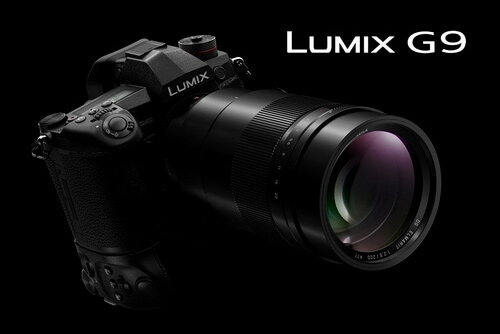







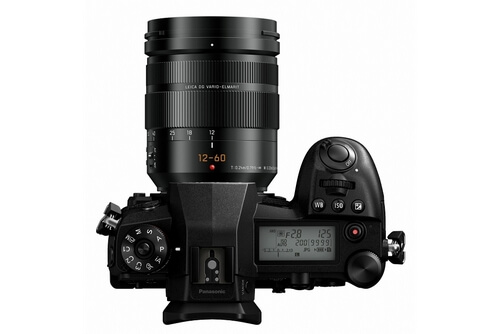
The DFD autofocus system, which now has 225 contrasting focus points, has also seen significant improvements. Autofocus should be very fast, since the manufacturer promises a speed of 0.04 seconds. The AF sensitivity is -4 EV, which also sounds really good, as the camera shouldn’t have any trouble focusing even when shooting poorly lit objects or night scenes. Another interesting feature is the option to set the AF sensitivity according to the movement of your subject. The camera is capable of 12fps burst with continuous AF; 20fps if you use the electronic shutter. And if you stick to the electronic shutter and turn off AF, you get a seriously impressive 60 frames per second. The mechanical shutter has a rated life of 200,000 cycles and allows a range of exposure times from 1/8000 to 60 seconds. If you use the electronic shutter, then the shortest time drops down to 1/32000 seconds. For video, you get a range from 1/16000 to 1/25 seconds, and you can shoot 4K videos with a speed of up to 60 frames per second. With Full HD resolution, you can capture video at up to a whopping 180fps. If you want things to move a bit faster, the camera is also equipped with a time lapse video creation mode.
Status Display and Two UHS II Memory Card Slots
The body of the Panasonic Lumix G9 is mostly metal (most likely magnesium alloy), weatherproof, and resistant to freezing temperatures up to -10°C. On the back there is a standard 3" LCD monitor with a resolution of about 1Mpx, but it’s touch-sensitive and features a practical swivel joint. The manufacturer has kept the needs of the more demanding users in mind, so the upper status display resembles something you would find in a classic DSLR camera. The EVF viewfinder is also worth mentioning, as it features a 3.68Mpx OLED display with automatic brightness control. The viewfinder zoom is 0.83x, which is very solid, especially during continuous shooting. The camera supports SD / SDHC / SDXC memory cards (two slots – you can sort the files according to the file type etc.), including the fastest UHS I and UHS II versions. Wireless communication is taken care of courtesy of WiFi and Bluetooth. The camera is equipped with an 1860mAh Li-ion battery, which should be enough for about 400 shots. The good news is that you can charge the battery directly via a USB connector (USB 3.0), without having to take it out of the camera first. You can charge the camera non-stop if necessary, which sounds fantastic—I wish all cameras worked like this. ??



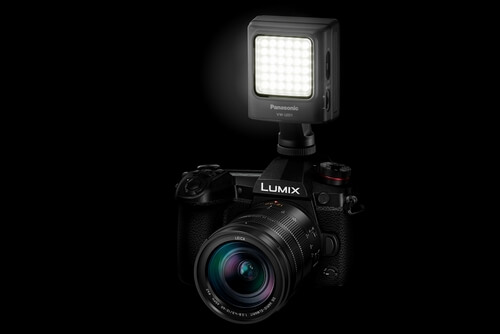


As for the accessories, Panasonic has unveiled the Panasonic DMW-BGG9 battery grip, which includes a second battery, vertical shutter release, another joystick, roller, and an AF/AE lock button. The camera should be available on the market starting from January 2018. The price has not been officially annouced yet, but given the G9’s specifications, I don’t expect it to be cheap. The battery grip should become available along with the camera.
Technical Specifications of Lumix G9
| Parameters | Panasonic Lumix G9 |
|---|---|
| Sensor Chip | 17.3 x 13mm - 4/3" Live MOS (CMOS), 20Mpx |
| Stabilisation | Yes, CIPA rated 6.5 stops + noise reduction |
| Aspect Ratio | 4:3 |
| ISO Sensitivity Range | ISO 100 to ISO 25,600 |
| Image Processor | Venus Engine 10 |
| Auto Focus | 225 points, sensitivity -4 EV |
| Continuous Shooting Performance | 12/20/60fps |
| Exposure Time Range | (1/32000) 1/8000 to 60sec |
| LCD Monitor | 3" (7.5cm), touch-sensitive, 1Mpx |
| Viewfinder | OLED EVF, 3.68Mpx |
| Video | 4K/60fps |
| Wireless interface | WiFi, Bluetooth |
| Memory cards | SD / SDHC / SDXC - UHS I + UHS II |
| Battery Life | About 400 photos |
| Dimensions | 137 × 97 × 92mm |
| Weight | 658g (including battery and SD card) |
Meet the New Lens Leica DG Elmarit 200mm f/2.8 Power OIS?
Panasonic has also announced a new, high-aperture Leica DG Elmarit 200mm f/2.8 Power OIS lens with a recalculated equivalent focal length of 400mm. The lens is equipped with optical stabilisation, which can work with the camera’s shake reduction chip for even better results. The optical system consists of 15 lenses in 13 groups, with 2 lenses made of special low-dispersion UED glass. For a natural bokeh effect, the lens is equipped with a 9-blade diaphragm with a maximum aperture of f/22. The minimum focus distance is 115cm. Like the camera, the lens is highly weather-resistant. Its dimensions are 174 × 88mm and the lens weighs approximately 1.2kg. The filter thread diameter is 77mm. Optional teleconverters that extend the focal length to × 1.4 or × 2.0 will also be available.
Availability and price have not been revealed yet and I don’t feel confident to even guess how much it will cost.


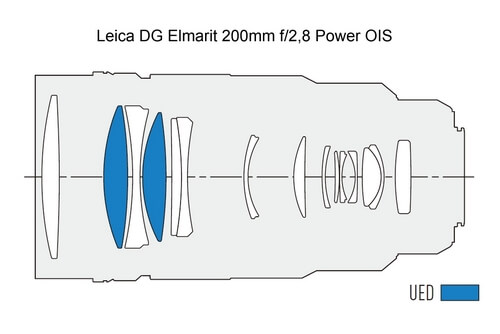
| Parameters | Leica DG Elmarit 200mm f/2.8 Power OIS |
|---|---|
| Focal Length / Aperture | 200mm f/2.8 |
| Optical System | 15 lenses in 13 groups |
| Optical Stabilisation | Yes |
| Diaphragm | 9 blades, aperture range f/2.8 to f/22 |
| Minimum Focus Distance | 115cm |
| Filter Thread Diameter | 77mm |
| Dimensions | 174 × 88mm |
| Weight | 1245 grams |
| Water and Dust Resistance | Yes |
Michal Kupsa
Michal Kupsa was born in Brno in 1970. He began photography when he was 15 years old and started with journalism three years later. He has collaborated with a number of prestigious Czech and foreign media companies including Czech Television, Czech Radio, National Geographic, the US National Library, iDNES, People in Need and most Czech magazines about photography. Now, he mainly focuses on travel articles, photographic reviews, and photography courses.

